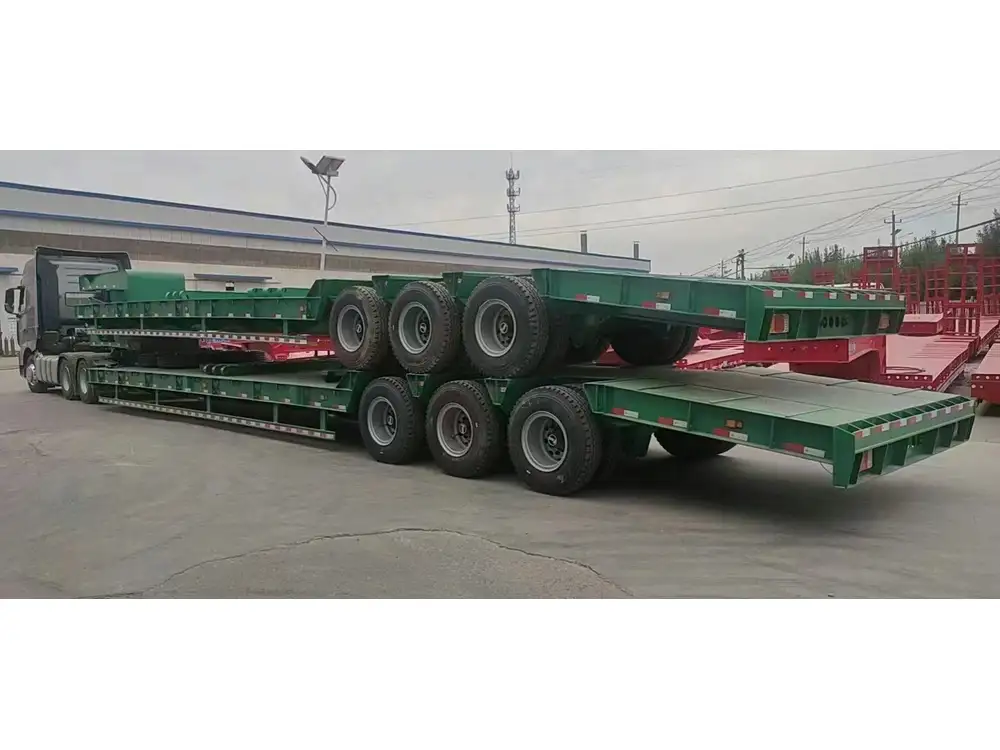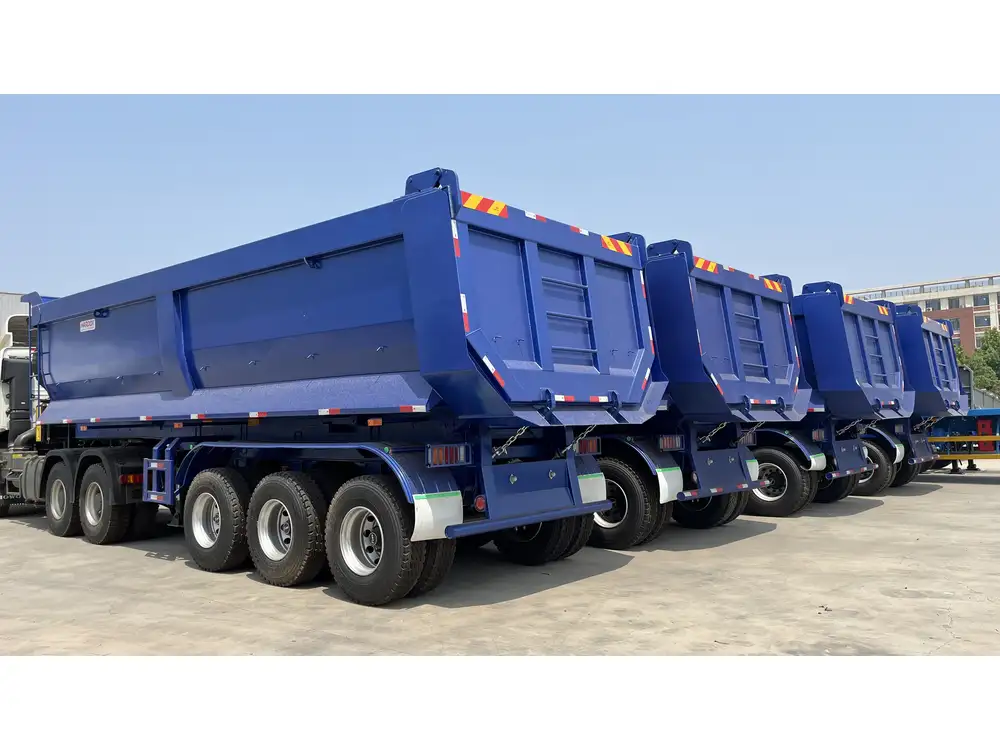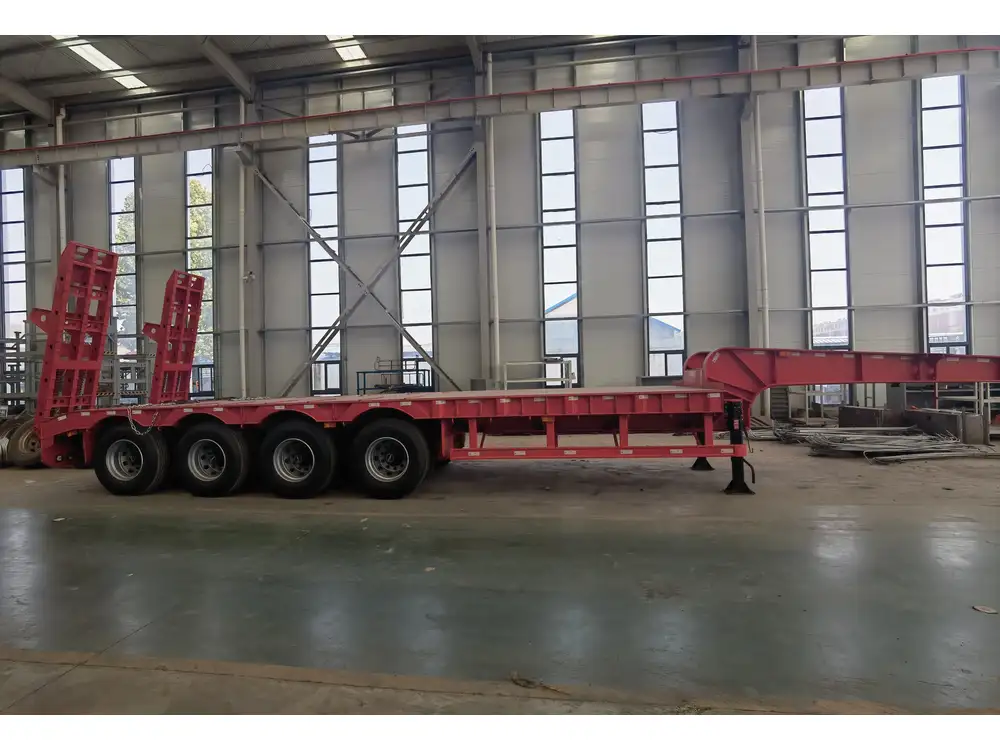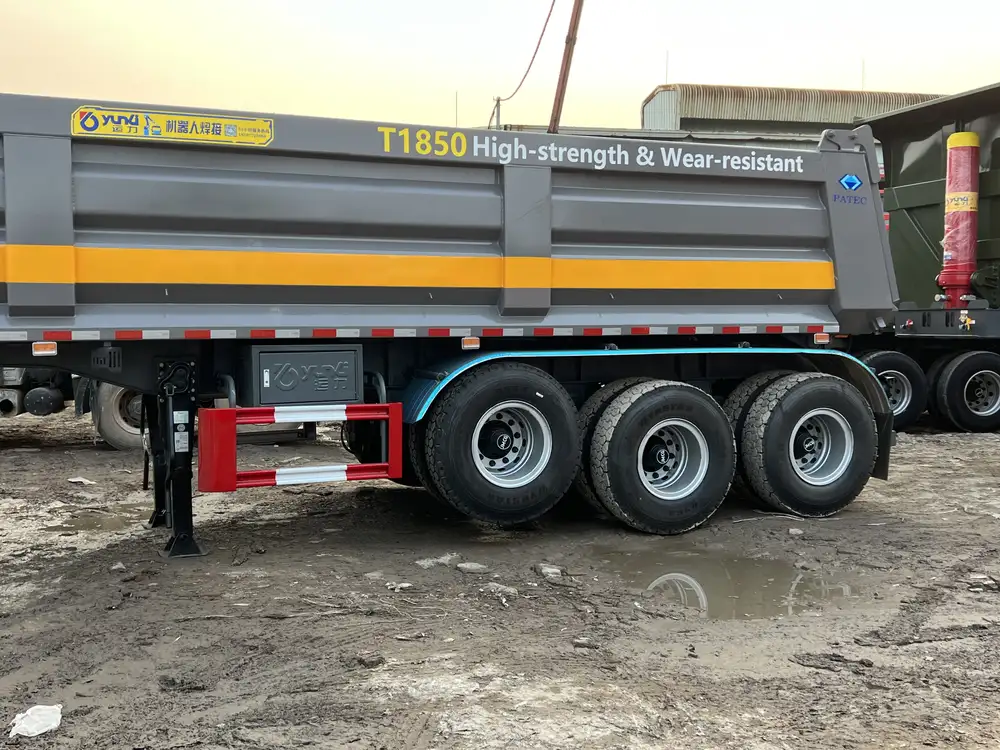Maintaining the integrity and functionality of semi-trailers relies heavily on understanding their pneumatic systems. One crucial aspect of these systems is the air tank, which stores compressed air used for various functions, including braking. Knowing how to effectively drain trailer air tanks is not just a routine check; it’s fundamental to ensure longevity, prevent corrosion, and ultimately enhance safety while on the road.
Understanding Trailer Air Tanks
What are Air Tanks?
Air tanks, often referred to as air reservoirs, are integral components of a semi-trailer’s pneumatic system. They store compressed air produced by the engine-driven air compressor. This stored air is essential for:
- Brake operation: Providing air to engage and disengage the trailer’s braking system.
- Suspension systems: Supporting airbags that adjust the ride height and improve stability.
- Control valves: Powering various automated functions and features.
The Importance of Draining Air Tanks
Preventing Moisture Accumulation
Over time, moisture from the ambient air condenses inside the air tanks during the compression process. If left unchecked, this moisture can accumulate and result in:
- Corrosion: Rust formation that compromises tank structure.
- Component damage: Impairing the performance of brakes and suspension.
- Air quality issues: Introducing contaminants that lead to air system failure.
Enhancing Safety and Performance
Regularly draining the air tanks ensures a dry air supply, which is essential for the proper functioning of braking systems and aids in efficient suspension operations. This helps prevent traction loss or unexpected braking issues, ultimately ensuring road safety.

Step-by-Step Guide to Draining Trailer Air Tanks
Tools and Equipment Required
| Tool/Equipment | Purpose |
|---|---|
| Gloves | Protection from contaminants |
| Drain hose | Directing moisture away |
| Wrench | For manual drain valve adjustment |
| Bucket | Collecting any residual moisture |
Step 1: Ensure Safe Conditions
Before commencing any maintenance task, prioritize safety. Ensure the trailer is parked on a level surface, engage the parking brake, and chock the wheels to prevent movement.
Step 2: Locate the Drain Valves
Most semi-trailers are equipped with a pair of drain valves at the bottom of each air tank. These valves may vary based on the manufacturer, but they are generally identifiable as small knobs or handles near the base of the tank.
Common Locations of Air Tanks:
- Front Tank: Located typically beneath the cab.
- Rear Tank: Positioned near the rear axle.
Understanding where these tanks are situated on your specific trailer model is crucial for efficient maintenance.

Step 3: Prepare for Draining
Attach a drain hose to the drain valve, leading to a bucket or an appropriate discharge area. This helps contain any expelled moisture or contaminants.
Step 4: Open the Drain Valves
Using your hands or a wrench (if necessary), slowly open the drain valve.
- Tip: Open the valve gradually to prevent an abrupt release of air and moisture, which could lead to splatter or rapid air loss.
Allow the moisture and air to escape until you notice a clear stream of water, which signals that all accumulated moisture has been expelled.
Step 5: Close the Drain Valves
Once the draining process is complete, securely close the drain valves to ensure no further air escape. Check for any hissing, indicating that the valve is not sealed properly.

Step 6: Repeat As Necessary
To maintain optimal trailer performance, it is advisable to repeat this draining process at the start of each day, or at least once a week, depending on usage and environmental conditions.
Other Best Practices for Air Tank Maintenance
Inspect Air System Components
While performing maintenance, take the opportunity to inspect key components of the air system for any signs of wear and damage:
- Air Lines: Look for cracks, abrasions, or leaks.
- Compressor Functionality: Ensure it engages and produces compressed air efficiently.
- Judgment of Moisture in Air: Regularly check filters and separators.

Change Moisture Separators and Filters
Regularly replace air dryer filters and moisture separators according to manufacturer specifications. This is crucial as these components trap moisture before it reaches the air tanks.
Schedule Professional Inspections
Engage with a professional mechanic who specializes in trailer air systems for periodic thorough inspections. This can help catch problems early and extend the lifespan of your trailer.
Common Questions About Draining Trailer Air Tanks

How Often Should I Drain My Air Tanks?
Best Practice: Daily is ideal, especially if operating in humid or wet conditions. If the trailer is used less frequently, draining every week may suffice.
What Happens If I Don’t Drain My Air Tanks?
Failure to drain air tanks can lead to:
- Increased risk of corrosion
- Reduced pneumatic component performance
- Potential brake failure or malfunction
Are There Any Signs My Air Tanks Need Draining?
Indicators include:
- Moisture in the air lines
- Corroded air tanks
- Unusual sounds from the braking system

Conclusion
In the realm of semi-trailer maintenance, understanding how to drain trailer air tanks is paramount. This process not only entails expelling accumulated moisture but also aligns with broader objectives of performance, safety, and longevity for critical trailer systems. By adhering to the outlined steps and best practices, you not only enhance your technical knowledge but also contribute to a safer, more efficient trucking operation. Regular maintenance can safeguard against unexpected failures and costly repairs, ensuring that every journey is safer and more reliable.
Call to Action
To empower your operations, consider integrating routine air tank maintenance into your daily checklist. Should you have any questions about specific trailer models or require further assistance, don’t hesitate to reach out to our specialized team of technicians. Your commitment to maintenance enhances not just your trailer’s performance but also the overall safety of our roads.



